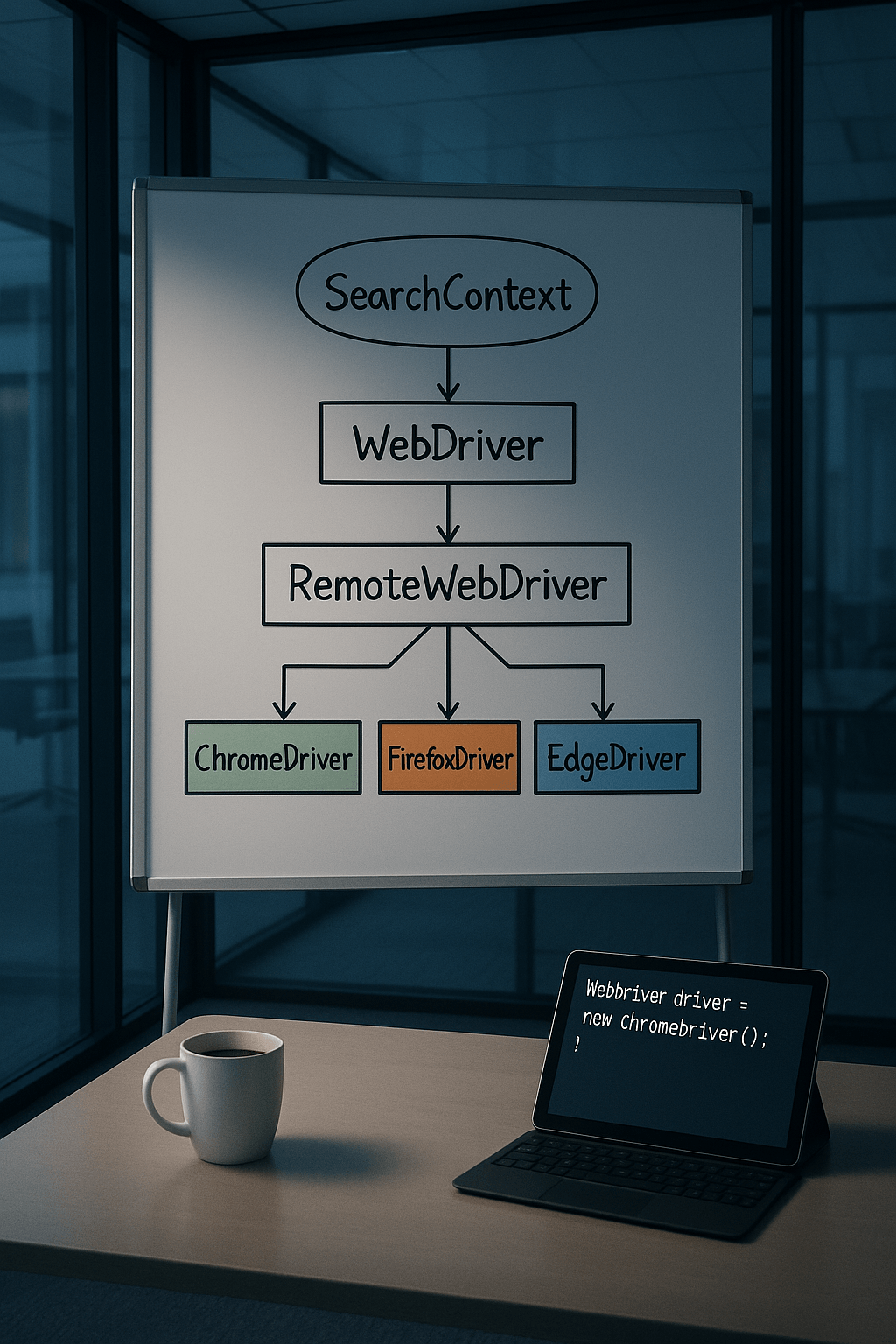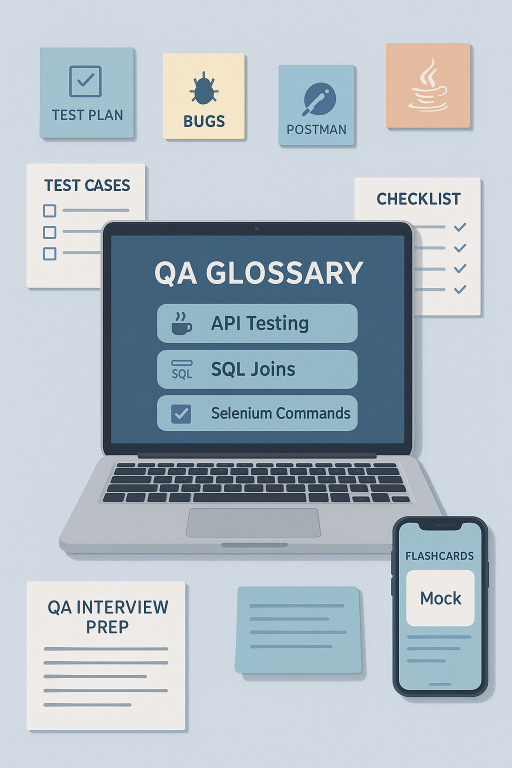In the Flow of Control: A Meditation on Human Connection Through Code
An Image That Speaks Beyond Sight
In the quiet hum of a dimly lit office, a whiteboard diagram sits patiently—its lines neat, its boxes orderly, its meaning quietly profound. SearchContext, WebDriver, RemoteWebDriver—names that sound technical to most, but whisper a deeper story for those who care to listen. Nearby, a laptop screen glows with a simple line of code: WebDriver driver = new ChromeDriver();. This image is not just a tutorial. It’s a portrait of how we build bridges in silence, crafting instructions that move not just machines, but our own dreams forward.
To many, the hierarchy might seem like nothing more than a software structure. But if you pause—if you let the stillness of the room seep into your senses—you’ll see something else. You’ll see longing for precision, a yearning for control, and a deep desire to make the intangible tangible. This is not merely about browsers and drivers; it’s about how we create frameworks to explore the unknown.
The Heart’s Memory of Feeling
Why does a flowchart on a board stir something emotional? Perhaps it is because it reminds us of the way we learn to connect—with one another, and with ourselves. The inheritance of interfaces, the layering of responsibilities, the delegation of control—all these echo the legacy of human experience. Like a child learning from a parent, or a student shaped by a teacher, each driver inherits behavior, extending its reach while preserving its roots.
In this way, the image becomes an emblem of growth. It tells the story of systems that are not static, but dynamic—just as we are. We are not born fully formed. We inherit. We adapt. We specialize. And if we’re lucky, we learn to drive forward without forgetting where we came from.
Between Stillness and Becoming
There’s a profound stillness in that office scene. No bustling developers, no frantic keystrokes—just the quiet, contemplative space where possibility resides. It is in these spaces that the truest becoming takes place. Like a seed beneath winter’s soil, growth often begins in unseen, unmoving places.
The structure of Selenium’s WebDriver classes mirrors this process. First, the abstract idea (SearchContext), then the general contract (WebDriver), then the more refined implementation (RemoteWebDriver), and finally, the specific actors (ChromeDriver, FirefoxDriver, EdgeDriver). It’s not unlike our own journey: from essence, to intention, to identity, to expression. We become through stages. We render ourselves over time, through thoughtful inheritance and intentional override.
Wounds, Wisdom & Gentle Healing
For many who work in tech—especially those navigating it in solitude—the pursuit of order is not just professional; it’s personal. The act of writing code becomes a form of therapy, a ritual of recovery. The structure offers containment. The syntax offers clarity. The hierarchy offers safety—a map for those who feel lost.
To define a driver, to implement behavior, to extend control—these are small triumphs in a world often filled with uncertainty. In our need to control machines, perhaps what we seek most is a way to soothe our own chaos. Each method written, each error debugged, each test passed becomes a step toward inner healing.
The Shared Breath of Culture
Programming languages are modern dialects of an ever-growing culture. What began as ones and zeros has blossomed into a symphony of syntax—Java, Python, JavaScript—all forming bridges across geography, history, and identity. The Selenium WebDriver structure is not merely a codebase; it is part of a global conversation. It reflects our shared desire to navigate the digital landscape with clarity and purpose.
Moreover, this diagram becomes a cultural relic in its own right—simple yet profound. It shows us how we compartmentalize complexity, how we train systems to behave, how we leave behind blueprints not just for machines, but for those who come after us. The moment you run that line—WebDriver driver = new ChromeDriver();—you step into a legacy of knowledge passed from one hand to another.
And in that shared breath of understanding, we remember: this is not just about automation. It is about connection.
Inspired by this reflection? Find more moments of meaning through our curated collections:



